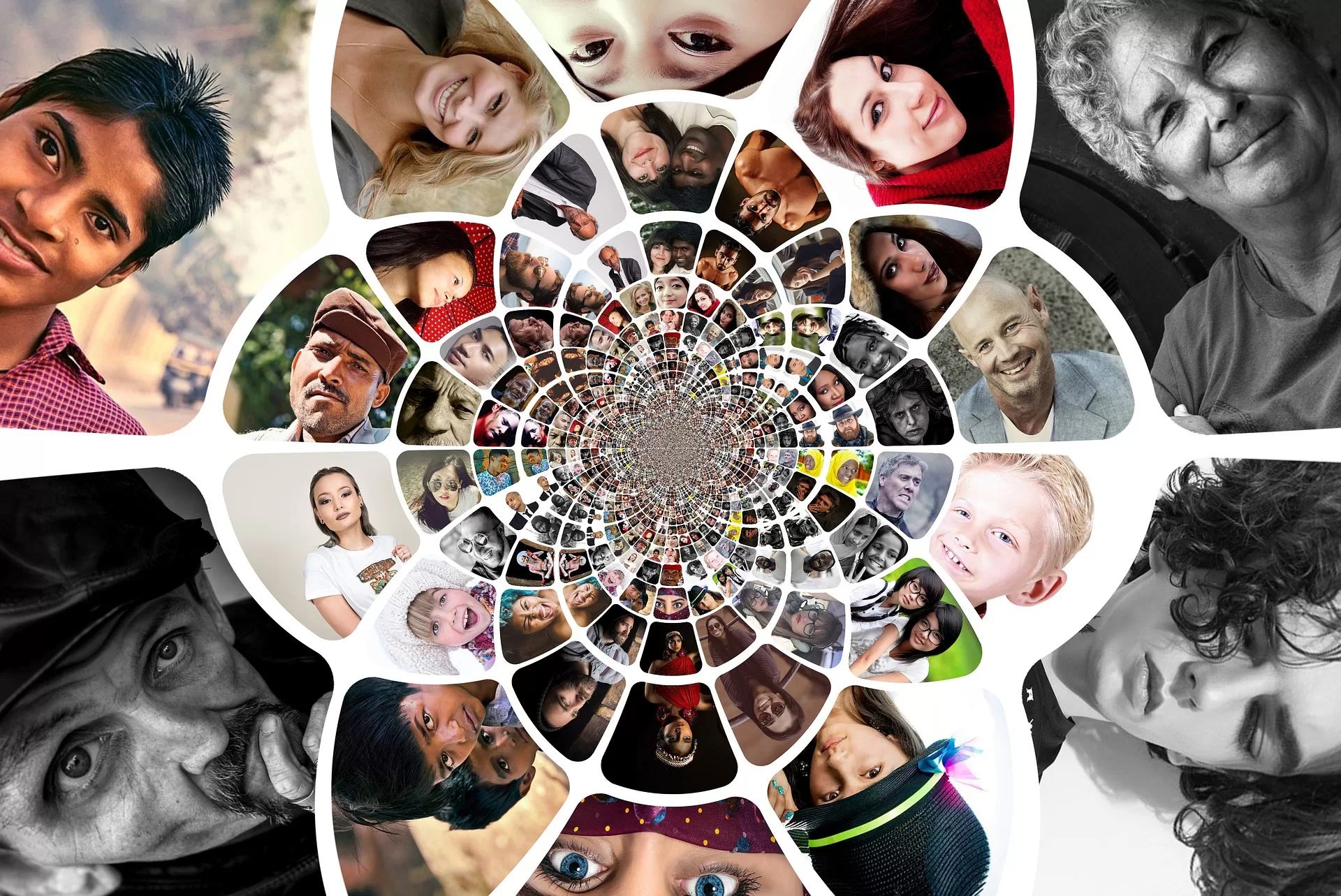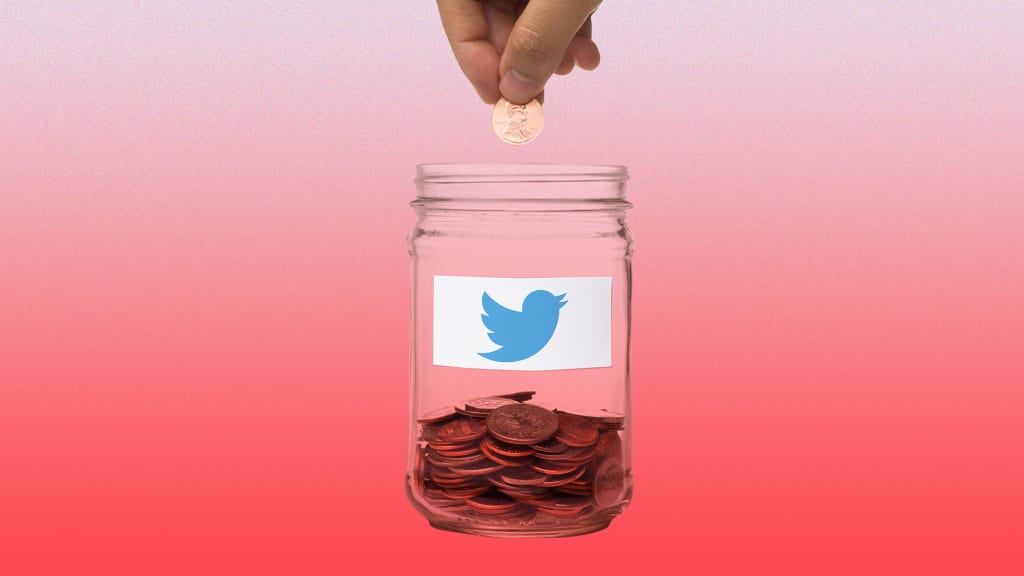Facebook has made it clear that Apple’s ATT privacy feature will have a detrimental effect on digital advertising revenue, and of course, it’s not alone. Twitter will also be hit by this new feature that gives individuals the power to opt out of tracking, which many digital ads rely on. As Twitter stares at a bleak adoption future following the rollout of its privacy feature, the company is trying to combat revenue losses with what could end up being a new revenue stream: the Twitter Tip Jar.
Please update: Twitter responds: “Tip Jar was not developed to “combat lost revenue.” Tip Jar’s goal is to help people give and receive support with money by doing a behavior we’ve seen on Twitter for years (by added a payment service link in bio ) easier. It’s not our intention for Tip Jar to become a revenue stream for Twitter.”
The Tip Jar will be much like Super Chat on YouTube live, where creators have an opportunity to earn revenue from followers in the form of tips. So far, Twitter isn’t charging a fee for processing payments, though — it’s only in the early stages of testing, and it’s unclear what the future holds. It’s been a difficult rollout because Twitter has overlooked a very key and very basic aspect of the feature, which was providing the kipper’s address for those using PayPal.
It won’t be long until Twitter fixes this problem, which may come in the form of Twitter’s own payment processor. You know, the kind that will of course pay a processing fee – like everyone does. And its privacy (and worse, security) issue with PayPal will justify the development of its own embedded processor and its fee. Ultimately, the small fee is worth the security concerns we’ve now seen with the use of third-party processors for Tip Jar.
But even if Twitter irons out the Tip Jar, will this feature actually help stop Twitter’s declining year-over-year growth and combat ad revenue losses due to the Apple ATT feature? In other words, do people actually want to pay others for their bite-sized tweets, and will this effort to strengthen the platform let it crumble in the future?
The value of a tweet.
The problem with Twitter is that it was created on the premise that tweets would be short and sweet (well, sweet is debatable), and therefore easily worn out quickly. In fact, while the maximum number of characters for a Tweet is 280, the average tweet is only 33 characters. Meanwhile, the average YouTube video sits at around 12 minutes – and that’s not including the hours of filming and editing that go into producing video content.
YouTube content creators can generate money because they can provide great value. Unlike YouTube videos, nobody wants to pay for tweets because there is little or no value in them. The value is in the fun of speed consumption – and mindless movement isn’t exactly useful for donating money. Don’t even stop at a tweet long enough to engage with it.
In fact, Twitter has one of the lowest engagement rates of all the major social networks. A good Twitter engagement rate is considered to be around 0.02 percent to 0.09 percent. Meanwhile, a good engagement rate on Facebook is around 1 percent. Instagram is about 1 to 4 percent, and TikTok is about 3 to 9 percent.
Even celebrities with millions of followers get paid very differently from social platforms, and Twitter is at the bottom. For example, Kim Kardashian, who earns the most on Twitter, is said to earn around $10,000 per tweet. On Instagram, one of her posts can bring her close to $1 million.
A penny for your opinion … or tweet.
Unlike YouTube, where anyone has the power to potentially make millions by creating content, the biggest earners on Twitter are those who are already famous and have made millions.
YouTubers create truly valuable content that can literally change lives, from educational content that can foster professional growth to content that can build and repair physical and mental health. It’s easy to see why people would feel more compelled to pay YouTubers for their time, services, and in many cases, their personal stories — and with that, their advice, honesty, and vulnerability.
But do we really want to give our hard-earned money to Twitter celebrities who can go on Instagram and make hundreds of thousands – if not a quick million dollars from posting a photo?
The other accounts we usually follow are those of our family, friends, and colleagues—probably not people you’d pay money to every time they post a tweet you like.
Money is what we exchange for what we receive. While a tip may be seen as something extra or a freebie, it should still be worth our money. Or for some reason we want to pay when we don’t actually need to. Tweets were meant to be quick and cheap, and adding a price tag to them will only bring the platform down, add more noise, and make it less attractive to use.
Twitter is trying to have its cake and eat it too. It looks like it’s trying to adopt YouTube’s pay-per-view style revenue stream, which brilliantly incentivizes users to become marketers in an effort to increase page views. However, unlike YouTube, which pays its content creators directly, Twitter is unwilling to give creators a share of its $3.72 billion in revenue. Instead, she wants you to pay them.
It seems that Twitter is failing to understand that social networks depend on both content production and consumption. And the two do not necessarily grow proportionally. By adding the element of shameless self-promotion that comes along with the ability to monetize content, the Twitter user experience will suffer. With this, her income will suffer.
While I have to give Twitter credit for trying to do something new in light of Apple’s new ATT privacy feature, as opposed to just using it like Facebook, it still misses the mark. By failing to focus on providing value to its users – both consumers and producers, its efforts are likely to be unsuccessful. It’s another example of how businesses need to stay laser-focused on providing value to their audience.
Going off course can make you a trailblazer. But if you’re going in the wrong direction, you’ve just lost track. Whether or not you’re closing to provide more value to your audience, it’s how you show the difference.



